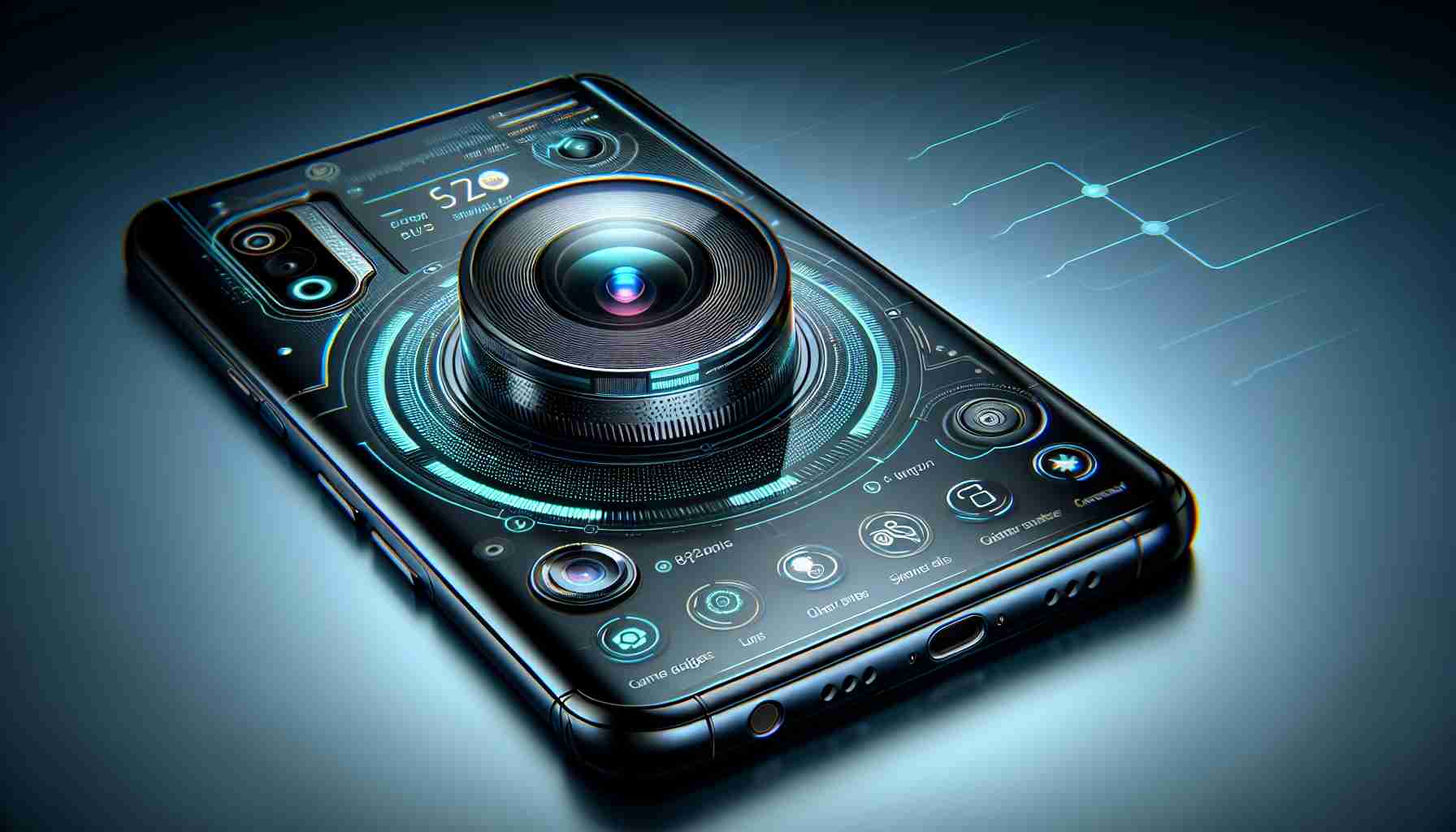Paris-based Prophesee has made significant strides in smartphone camera technology with its Metavision sensor. The company, in partnership with Qualcomm, has announced that its sensor tech has reached the production stage. This breakthrough aims to eliminate blurry images and revolutionize smartphone photography.
The Metavision sensor, developed in collaboration with Sony, combines custom software tuning and Qualcomm’s Snapdragon 8 Gen 3 chipset. By filling the visual data gap at a microsecond pace, the sensor ensures blur-free images in both dark and bright environments. Prophesee explains that its patented technology mimics how the human eye and brain work, delivering unprecedented levels of picture quality.
One of the key advantages of the Metavision sensor is its ability to capture fast-moving objects with precision. Traditional smartphone cameras often struggle with maintaining focus lock, resulting in motion artifacts and unusable images. Prophesee’s sensor, however, enables a perpetual exposure time, capturing motion continuously and producing sharp, clear images.
Prophesee not only focuses on hardware development but also places emphasis on software and integration services. The company’s Metavision Deblur Software, which is now in the production stage, offers a seamless experience for smartphone manufacturers. The goal is to integrate the entire Metavision hardware and software kit into Snapdragon-driven devices, leveraging the chipset’s power and advanced capabilities.
While Prophesee’s current Metavision sensor is designed for still images, the company has plans to support videos in future iterations. The event-based sensor is primarily aimed at capturing and processing motion, expanding its use cases beyond static photography. Although the exact availability of smartphones with Metavision sensors is not specified, the market already offers Snapdragon 8 Gen 3-powered phones, indicating that the wait may not be long.
With the potential to create a new era of smartphone photography, where users no longer need to adjust settings for blur-free images, Prophesee’s latest breakthrough is exciting. The Metavision sensor has the capacity to redefine the way we capture moments with our smartphones, making it an innovation worth anticipating.
FAQ
1. What is Prophesee’s latest breakthrough in smartphone camera technology?
– Prophesee has developed the Metavision sensor, which aims to eliminate blurry images and revolutionize smartphone photography.
2. Who is Prophesee partnering with for this technology?
– Prophesee is partnering with Qualcomm for the development of the Metavision sensor.
3. How does the Metavision sensor ensure blur-free images?
– The Metavision sensor fills the visual data gap at a microsecond pace, mimicking how the human eye and brain work to deliver unprecedented levels of picture quality.
4. How does the Metavision sensor capture fast-moving objects?
– The Metavision sensor enables a perpetual exposure time, capturing motion continuously and producing sharp, clear images.
5. What other services does Prophesee offer besides hardware development?
– Prophesee also offers software and integration services, such as the Metavision Deblur Software for seamless smartphone integration.
6. Will the Metavision sensor support videos in the future?
– Yes, Prophesee has plans to support videos in future iterations of the Metavision sensor.
7. When can we expect smartphones with Metavision sensors to be available?
– The article does not specify the exact availability, but since Snapdragon 8 Gen 3-powered phones are already on the market, the wait may not be long.
Definitions
– Metavision sensor: A sensor developed by Prophesee in partnership with Qualcomm, designed to eliminate blurry images and revolutionize smartphone photography by mimicking how the human eye and brain work.
– Snapdragon: A series of system-on-chip (SoC) semiconductor products for mobile devices, developed by Qualcomm.
– Blur-free images: Images that have no blurring or distortion due to motion or lack of focus.
– Motion artifacts: Distortions or irregularities in an image or video caused by the movement of objects.
– Use cases: Potential applications or scenarios in which a product or technology can be used.
– Integration services: Services that assist in incorporating hardware and software components together seamlessly.
– Iterations: Successive versions or updates of a product or technology.
Suggested Related Links
1. Prophesee: Official website of Prophesee, the company behind the Metavision sensor.
2. Qualcomm Snapdragon: Learn more about Qualcomm Snapdragon, the chipset used in collaboration with Prophesee for the Metavision sensor.
